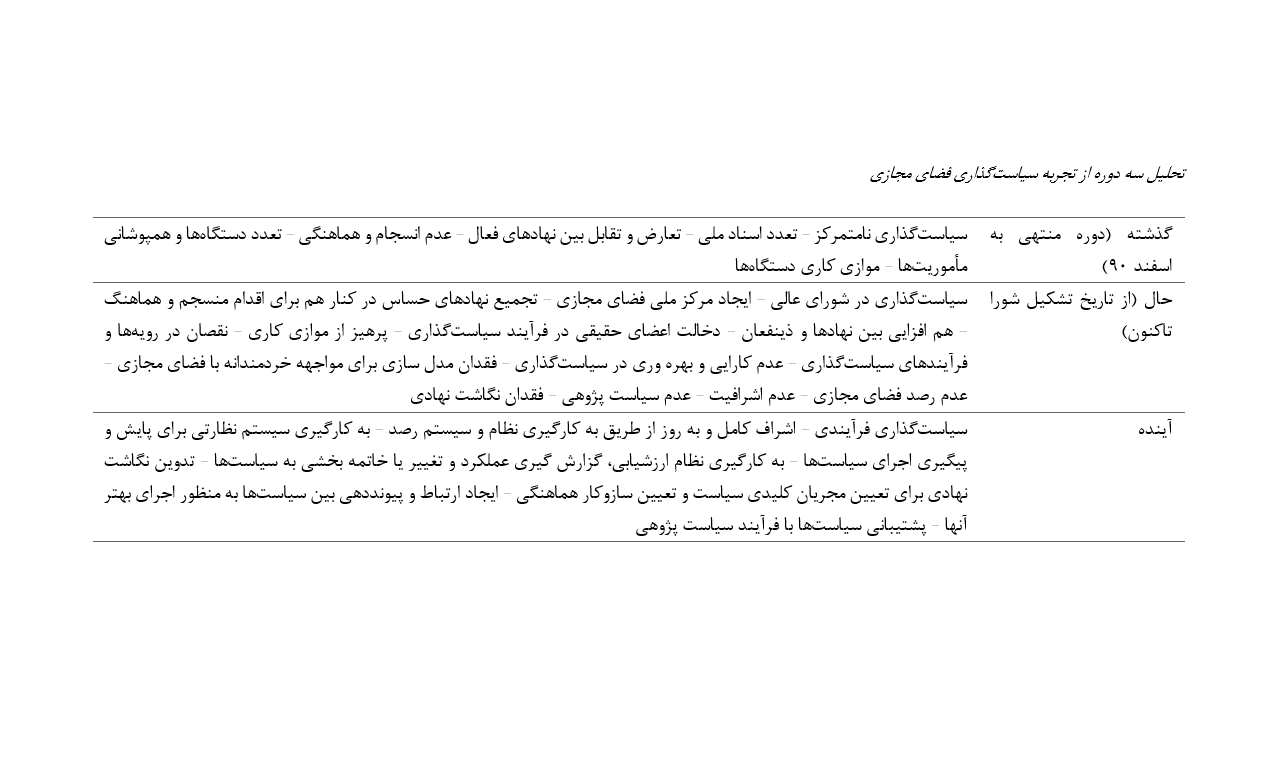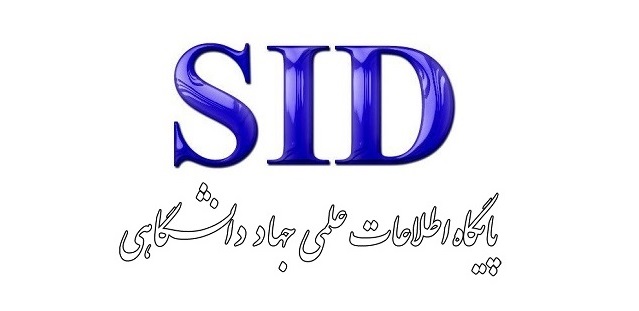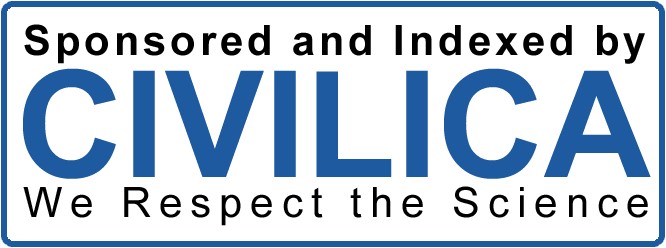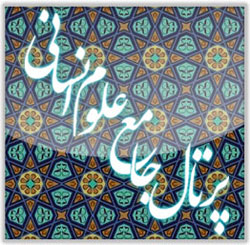Evaluation of Influential Components in Iran’s Cultural Policy-Making in Cyberspace
Keywords:
public polic, cultural policy , virtual space , cultureAbstract
Government policy-making in the cultural sphere varies depending on their definition of culture and their approach to cultural excellence, leading to diverse orientations. The primary objective of cultural policy-making is to control or direct culture. One of the domains both influenced by culture and influencing it, which has consistently been of interest to governments, is cyberspace. Therefore, it is essential to adopt a cultural policy model for user engagement in cyberspace that aligns with and is based on the Islamic-Iranian culture. The main objective of this study is to explain the components and approaches through which the key challenges and obstacles to Iran’s cultural policy-making in cyberspace can be identified. This research evaluates the influential components of Iran’s cultural policy-making in cyberspace. The present article employs a descriptive-analytical method and utilizes library sources. The research hypothesis posits that the cultural policy-making strategy in cyberspace is based on a gradual incremental change approach, shaped by obstacles such as the lack of efficient communication management, disregard for new global trends, and the failure to employ analyzable and assessable modern tools. The findings of the study indicate that parallel and misaligned policy-making institutions, the lack of connection between policy-making bodies and academic and research communities in this field, and the adoption of repressive approaches are among the key challenges and obstacles to Iran’s cultural policy-making in cyberspace. Additionally, the cyberspace policy-making strategy can be revised and improved based on effective communication management, attention to contemporary cultural issues, and the utilization of modern virtual tools within a collaborative approach.
Downloads








